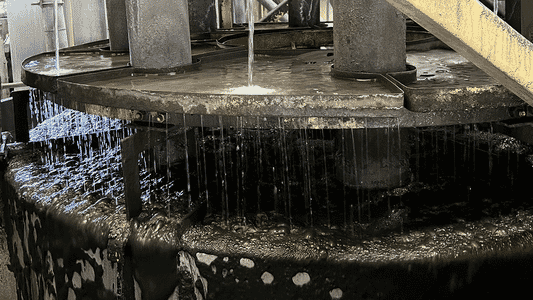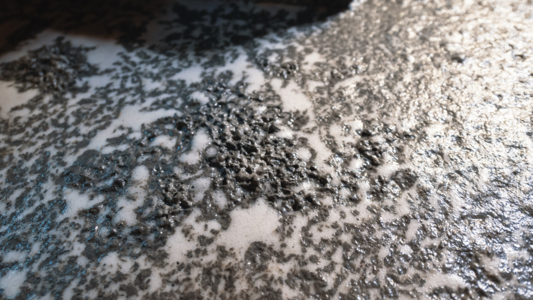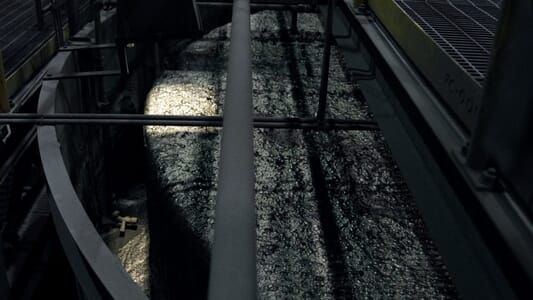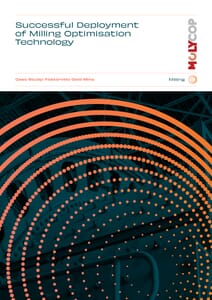Este artículo demuestra cómo las redes neuronales convolucionales (CNN) tienen el potencial de clasificar las condiciones anormales de la espuma y mantener la eficacia del proceso de flotación.
- La utilización de sistemas avanzados de cámaras para medir la velocidad de la espuma en las celdas de flotación puede ser útil para estabilizar las tasas de arrastre de masa entre celdas.
- Este artículo detalla el entrenamiento y la aplicación de CNN para identificar condiciones de "ebullición".
- Los resultados de la utilización de las CNN demuestran su potencial para clasificar las condiciones anormales de la espuma e integrarse en el control avanzado multivariable de sistemas complejos.
Muchos procesos de flotación no están bien instrumentados, con perturbaciones no medidas que incluyen las tasas de adición de agua y la adición de ciertos reactivos que añaden complejidad. Estas perturbaciones medidas y no medidas, combinadas con la falta de una medición en tiempo real del grado y la recuperación de cada celda de flotación, proporcionan un entorno desafiante para el control.
Los avances en la mitigación de las perturbaciones pueden ser muy beneficiosos. La utilización de sistemas avanzados de cámaras para medir la velocidad de la espuma en las celdas de flotación puede ser útil para estabilizar las tasas de arrastre de masa entre celdas.
Este artículo detalla el entrenamiento y la implementación de arquitecturas de redes neuronales convolucionales (CNN). Estas condiciones son perturbaciones perturbadoras de los cálculos del vector de la cámara de flotación que deben detectarse y corregirse para mantener un control estable.
Los modelos CNN desarrollados en este trabajo se entrenaron con 21.184 imágenes de condiciones de celdas de flotación en ebullición y sin ebullición tomadas de un sistema de control de cámaras en funcionamiento y lograron una precisión f1 del 94% en 5296 imágenes de prueba no vistas.
Se discute la metodología de cómo podría integrarse este sistema en un entorno de control existente junto con los beneficios que puede aportar a la estabilidad mediante la identificación de estas condiciones. También se discuten las deficiencias del sistema en los datos en tiempo real y las mejoras que podrían introducirse para garantizar un sistema robusto y desplegable como solución final.







